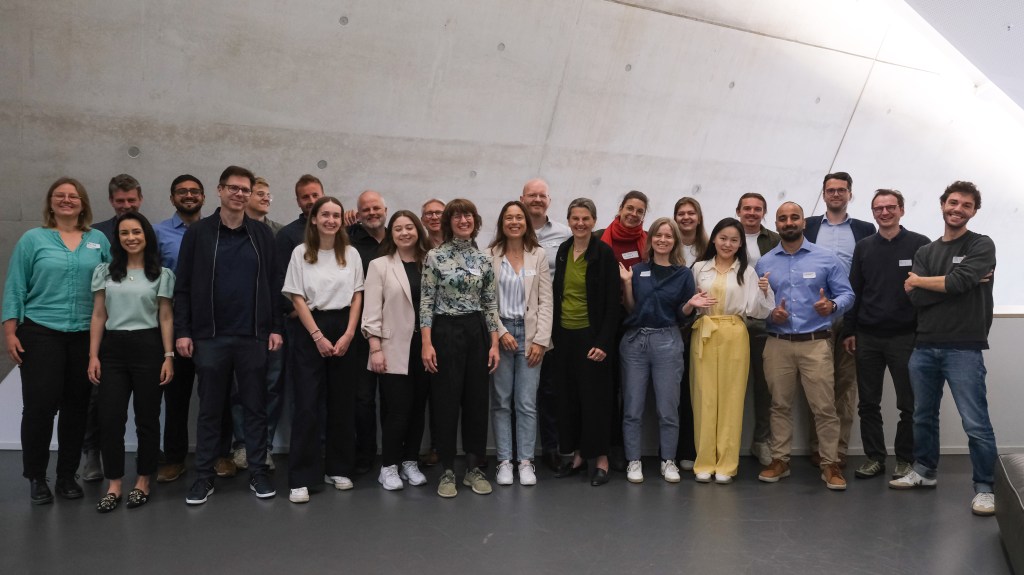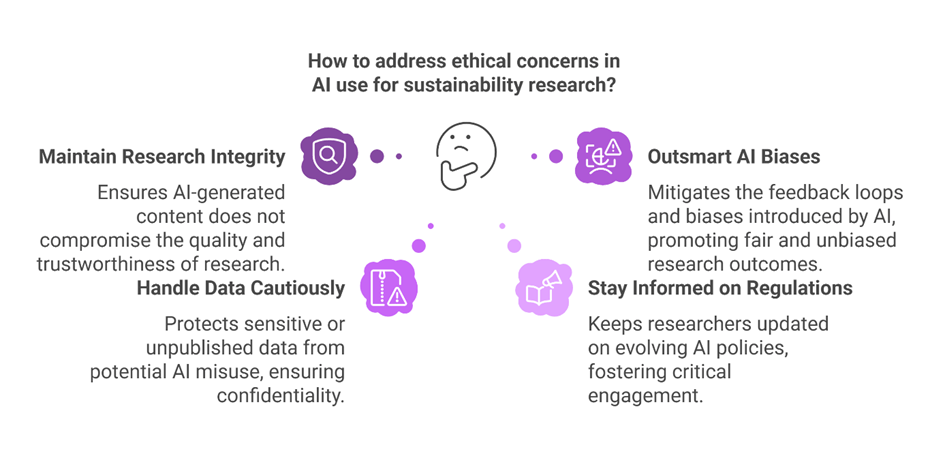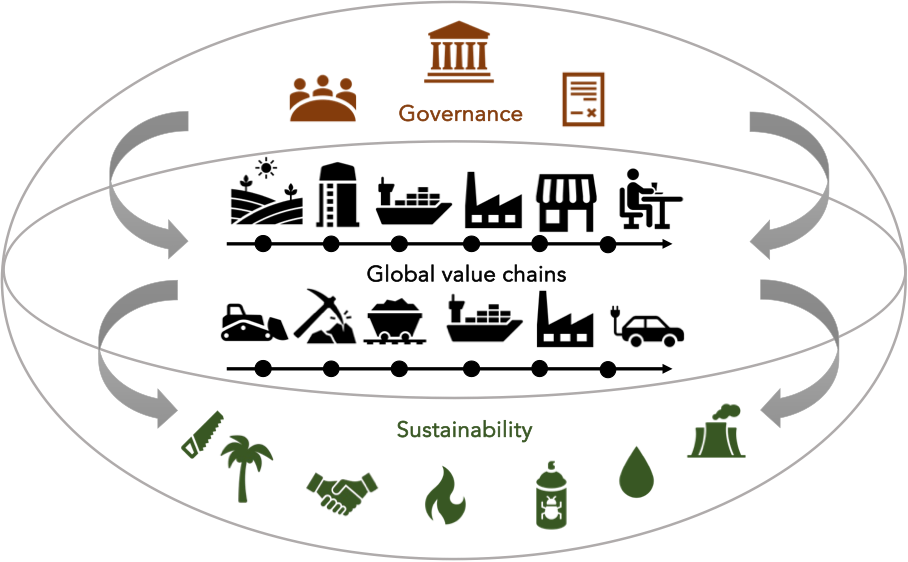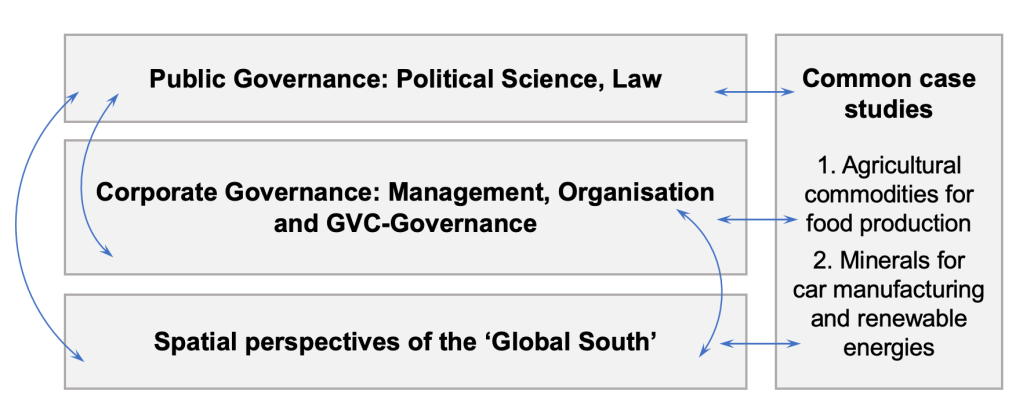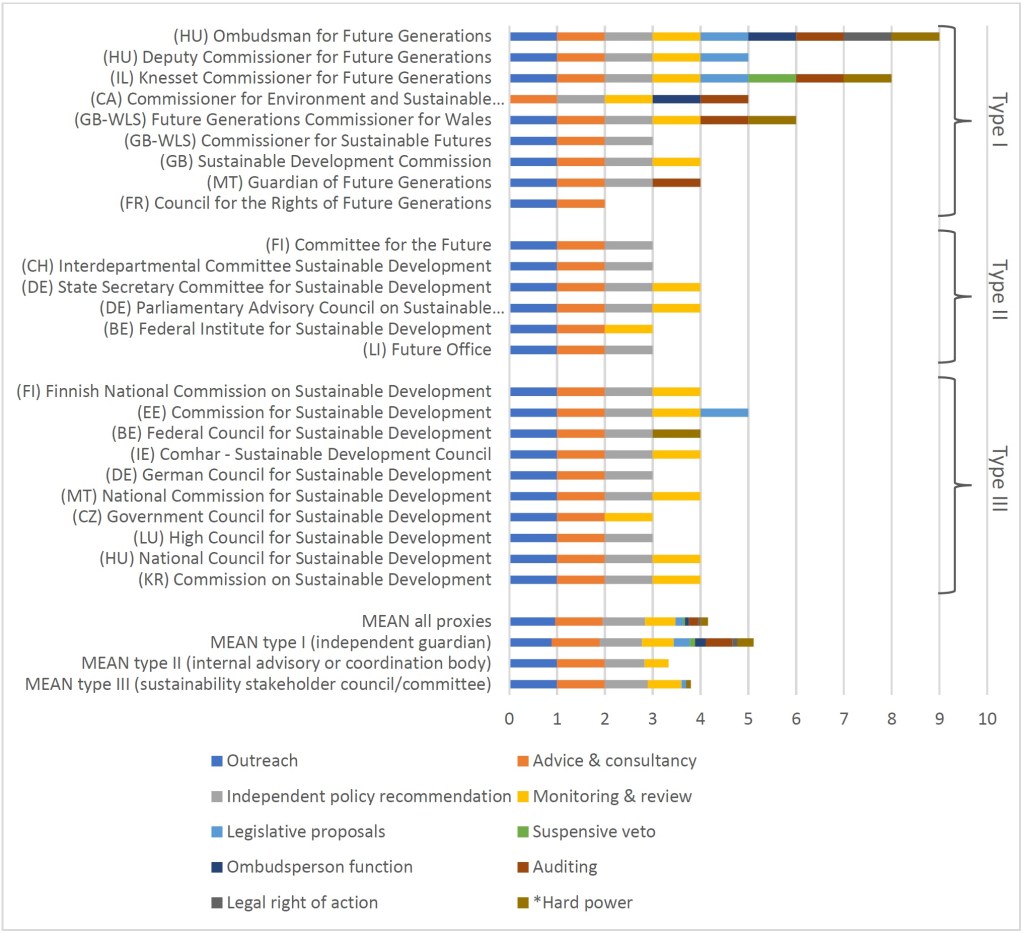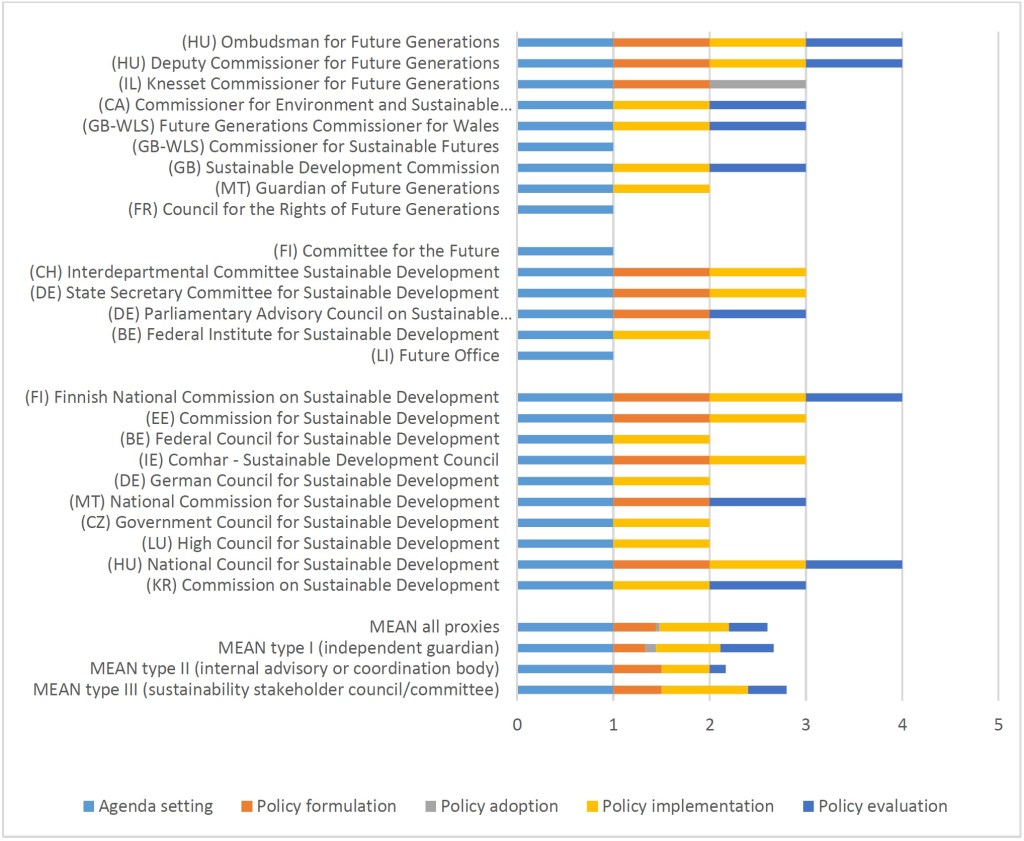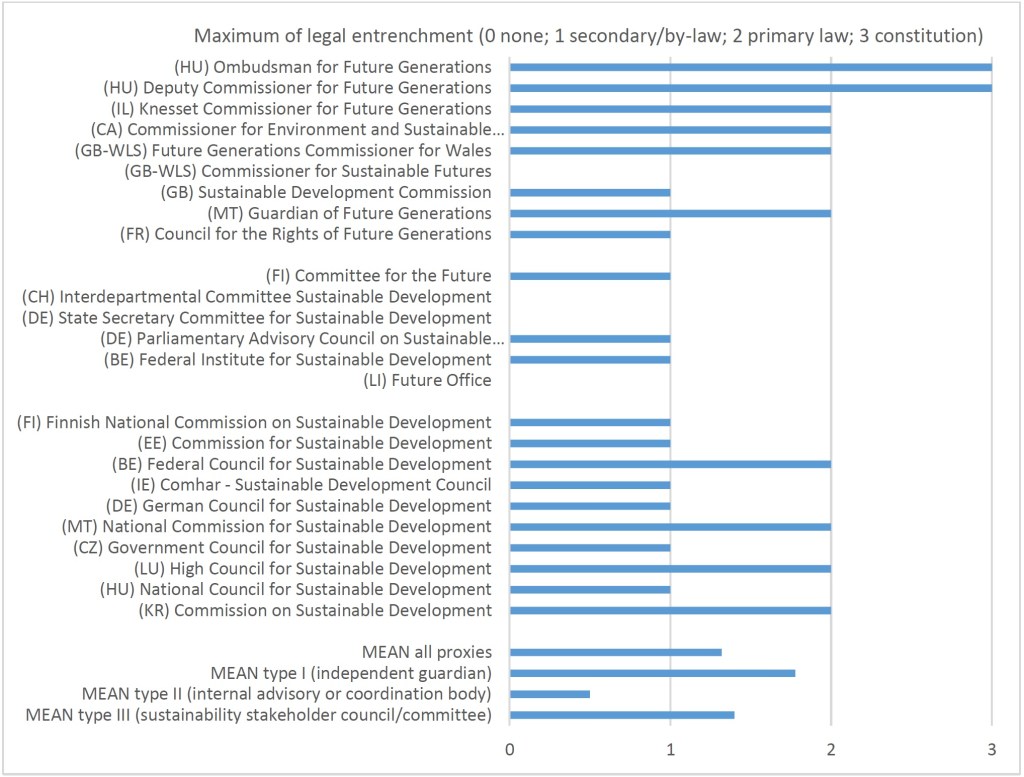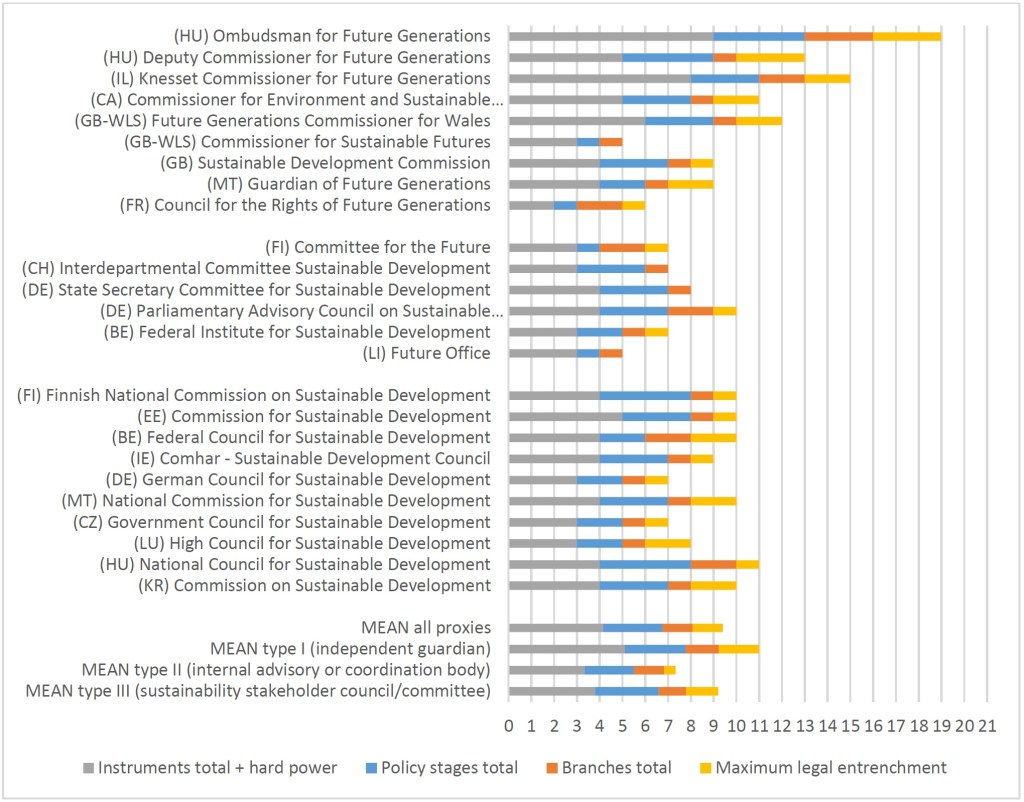Note: Deadline extended until 10 September!
We (Michael Rose, Jens Newig and Sina Leipold) welcome contributions to a planned Special Issue in the journal Environmental Policy and Governance.
Environmental governance research has generated a vast body of knowledge in recent years, reflecting the immense challenges associated with governing the various sustainability issue confronting humanity. However, scholars are increasingly raising concerns about whether the growing number of publications on environmental governance truly contributes to the urgently needed scientific progress (Newig and Rose 2020). Do the numerous individual scholarly contributions create a cumulative and reliable body of research capable of guiding policy and practice (Pauliuk 2020)?
While there are different perspectives on the drivers of scientific progress, it is widely acknowledged that the cumulation of knowledge plays a significant role (Campbell 2019; Elman et al. 2020; Pauliuk 2020; Park et al. 2023). Google Scholar, the world’s largest academic research engine, alludes to this fact by referencing Isaac Newton’s quote about “standing on the shoulders of giants”. However, in our field, we often find ourselves talking past each other, resulting in fragemented knowledge, rather than building upon the work of our colleagues. It is crucial to acknowledge that the process of cumulating knowledge on a specific research topic is not merely about adding new papers to the stock. Instead, it “occurs when new findings are integrated with existing knowledge to create a more comprehensive understanding of the subject” (Newig et al. 2023: 3).
To be more precise, “knowledge may cumulate on both empirical findings and theory, by
- adding to existing research in the sense of confirming findings and/or widening their spatial, temporal or topical applicability;
- challenging existing research in the sense of falsifying or rejecting prior research based on new findings (thus raising questions about either quality or replicability); and
- refining existing research, by specifying scope conditions, causal mechanisms, amending sets of variables, or generating new hypotheses” (Newig et al. 2023: 3, see also Mahoney 2003, Cairney 2013, and Newig & Rose 2020).
The production of cumulative knowledge is by no means a matter of course. Social sciences and sustainability sciences as well as environmental governance research, which is informed by both, have been criticized to insufficiently cumulate knowledge. Suggestions have been made on how to mitigate this problem for the sake of scientific progress as well as improved relevance for policy and society (Elman et al. 2020; Newig & Rose 2020; Pauliuk 2020). While environmental governance research, in general, benefits from its disciplinary, methodological and epistemic diversity, this also poses challenges to knowledge cumulation. The field seems to lack a shared account of clearly defined and widely used frameworks, theories, concepts, methods and quality criteria, which encourages idiosyncratic or even isolated research activities. This may (unwittingly) produce old wine in new bottles instead of scientifically robust answers to pressing questions (Newig & Rose 2020).
At the same time, while we argue that we need more knowledge cumulation, we would also like to accommodate perspectives that critically engage with this claim, discussing dangers of a possibly hegemonic approach to knowledge cumulation, and the implications of strong knowledge cumulation for marginalised discourses, scholarly communities and forms of knowledge, as well as creativity, innovation, and out-of-the-box thinking.
For the planned special issue, we welcome empirical, theoretical, methodological and critical contributions that explicitly reflect on and advance the debate on knowledge cumulation in environmental governance research (EGR). All contributions need to clearly relate to environmental policy and governance as outlined in the aims and scope of the journal (https://onlinelibrary.wiley.com/page/journal/17569338). Possible topics may include, but are not limited to:
- Critical reflections on the epistemological foundations, opportunities and limitations of knowledge cumulation in EGR, as well as the possible disadvantages and risks associated with it;
- Methodological and empirical accounts of assessing cumulability and cumulation of knowledge in EGR papers, communities and particular research questions;
- (Applications of) Methods, procedures and standards that can advance knowledge cumulation in EGR, such as meta-analysis, systematic reviews, narrational knowledge integration, archetype analysis, Bayesian inference, modelling, AI applications, comprehensive assessments, and Open Science;
- Challenges and opportunities of knowledge integration and knowledge cumulation in interdisciplinary research;
- Challenges and opportunities of knowledge cumulation in transdisciplinary knowledge co-production, invloving experiential, practical, and indigenous knowledge;
- “Best practice” examples of knowledge cumulation regarding particular EGR research questions that also offer methodological reflections on the extent to which knowledge cumulation was achieved;
- Conceptual or empirical work exploring the relationshiop between knowledge cumulation and novelty (‘disruptiveness’).
Please submit your abstract (approx. 400 words) for a full paper (7,000-10,000 words, incl. references) or critical comment (3,000-4,000 words) until 15 August 10 September 2023 to michael.rose@leuphana.de. Please make sure that your contribution to the debate on knowledge cumulation and the field of environmental governance research becomes clearly visible throughout your manuscript.
Further timeline (updated):
- 1 October 2023 preliminary acceptance or rejection as well as feedback on abstracts
- 31 December 2023 submission of full papers and start of the reviewing period
- 15 March 2024 first preliminary decision by guest editors and start of first round of revisions
- 15 April 2024 submission of revised papers (1st round)
- 15 May 2024 second preliminary decision by guest editors and start of the second round of revisions
- 15 June 2024 submission of revised papers (2nd round)
- 30 June 2024 final guest-editorial decision, followed by approval or suggestions for revisions by journal editors
- Summer 2024 First View (online) publication of the Special Issue as a whole
- 2024 print publication of the Special Issue.
Cited literature
Cairney, P. (2013) ‘Standing on the Shoulders of Giants: How Do We Combine the Insights of Multiple Theories in Public Policy Studies?’ Policy Studies Journal 41: 1-21.
Campbell, C. (2019) Has Sociology Progressed? Reflections of an Accidental Academic (Cham: Palgrave Pivot).
Abbott, A. (2006) ‘Reconceptualizing Knowledge Accumulation in Sociology.’ The American Sociologist 37 (2): 57-66.
Elman, C., J. Gerring and J. Mahoney, eds. (2020) The Production of Knowledge: Enhancing Progress in Social Science. Cambridge, UK: Cambridge University Press.
Mahoney, J. (2004) ‘Knowledge Accumulation in Comparative Historical Research: The Case of Democracy and Authoritarianism.’ Comparative Historical Analysis in the Social Sciences, edited by J. Mahoney & D. Rueschemeyer. Cambridge, UK: Cambridge University Press, pp. 131-174.
Newig, J. and M. Rose (2020) ‘Cumulating evidence in environmental governance, policy and planning research: towards a research reform agenda.’ Journal of Environmental Policy & Planning 22 (5): 667-81, https://doi.org/10.1080/1523908X.2020.1767551.
Newig, J., M. Rose, Z. Aksoy, S. Beaudoin, T. Bolognesi, O. Fritsch, D. Hegger, B. Hofmann, N. W. Jager, E. Kellner, S. Leipold, Å. Persson, H. Runhaar and R. Webb (2023) ‘To Assess Progress in the Social Sciences, We Should Study Knowledge Cumulation, not Disruptiveness’. Available at SSRN: https://ssrn.com/abstract=4445549 or http://dx.doi.org/10.2139/ssrn.4445549
Park, M., E. Leahey and R.J. Funk (2023) ‘Papers and patents are becoming less disruptive over time.’ Nature 613 (7942): 138-44.
Pauliuk, S. (2020) ‘Making sustainability science a cumulative effort.’ Nature Sustainability 3: 2-4.

